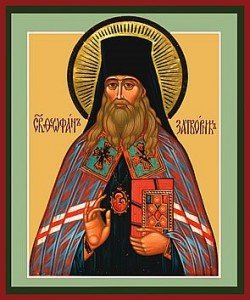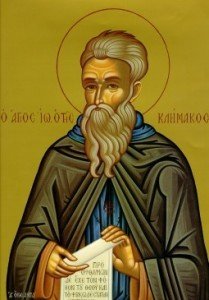 I have, in this article, been providing a basic description of the first recorded Liturgy, the Liturgy of Clementine. The core of the Liturgy was a rather lengthy and eccentric thanksgiving for creation. This represents, however, the early church’s understanding of the Eucharist. It actually predominated the Eucharistic practice in the first three centuries. In the verbal thanksgiving for creation, the early Church enfolded the offering of bread and wine in accordance with Christ’s command – Do this in remembrance of Me.
I have, in this article, been providing a basic description of the first recorded Liturgy, the Liturgy of Clementine. The core of the Liturgy was a rather lengthy and eccentric thanksgiving for creation. This represents, however, the early church’s understanding of the Eucharist. It actually predominated the Eucharistic practice in the first three centuries. In the verbal thanksgiving for creation, the early Church enfolded the offering of bread and wine in accordance with Christ’s command – Do this in remembrance of Me.
A different tradition developed in the first century in Jerusalem. It was Cyril of Jerusalem who restructured the core part of the thanksgiving service – the part we call the anaphora. In Cyril’s rendition of the anaphora, God is asked to
send down upon this sacrifice Your Holy Spirit, the witness of the sufferings of the Lord Jesus, that He may declare (or make) this bread the Body of Your Christ, and this cup the Blood of Your Christ, that they who partake thereof may be strengthened in godliness, may receive remission of their sins, may be filled with the Holy Spirit, may become worthy of Your Christ, and may obtain eternal life, You being reconciled unto them, O Master Almighty.
After this prayer, a comprehensive intercession for the Church followed which included all those considered to be members of the Church (e.g,, clergy, military and governmental personnel). The entire anaphora was then concluded with a Trinitarian doxology and the Amen of the people, which expressed the agreement of the people with that which was prayed by the clergy.
While the first part of the anaphora of St. Cyril reflects the traditional emphasis of the Eucharist as an offering of praise, the latter part reflect the newer interest of the fourth century in offering a propitiatory (i.e., supplicatory or make atonement for) sacrifice. In the Liturgy of Clementine, the newer tradition was already combined with the older and the resulting pattern of the eucharistic prayer became that of all subsequent Eastern anaphoras.
The older and new concepts of the Eucharist, which both contributed to the shape of the Eastern anaphora, continued to coexist in Byzantine Eucharistic theology. Theologians spoke of Christ, now as the invisible celebrant of the Liturgy, offering the sacrifice of all the Church, now as the passive victim offered by the Church to God in order to propitiate Him. The later prayer of the Great Entrance combined them verbally when it said of Christ: For it is you who offer and are offered.
The development of the Liturgy is truly fascinating.
A Question: What does the Liturgy mean to you?



